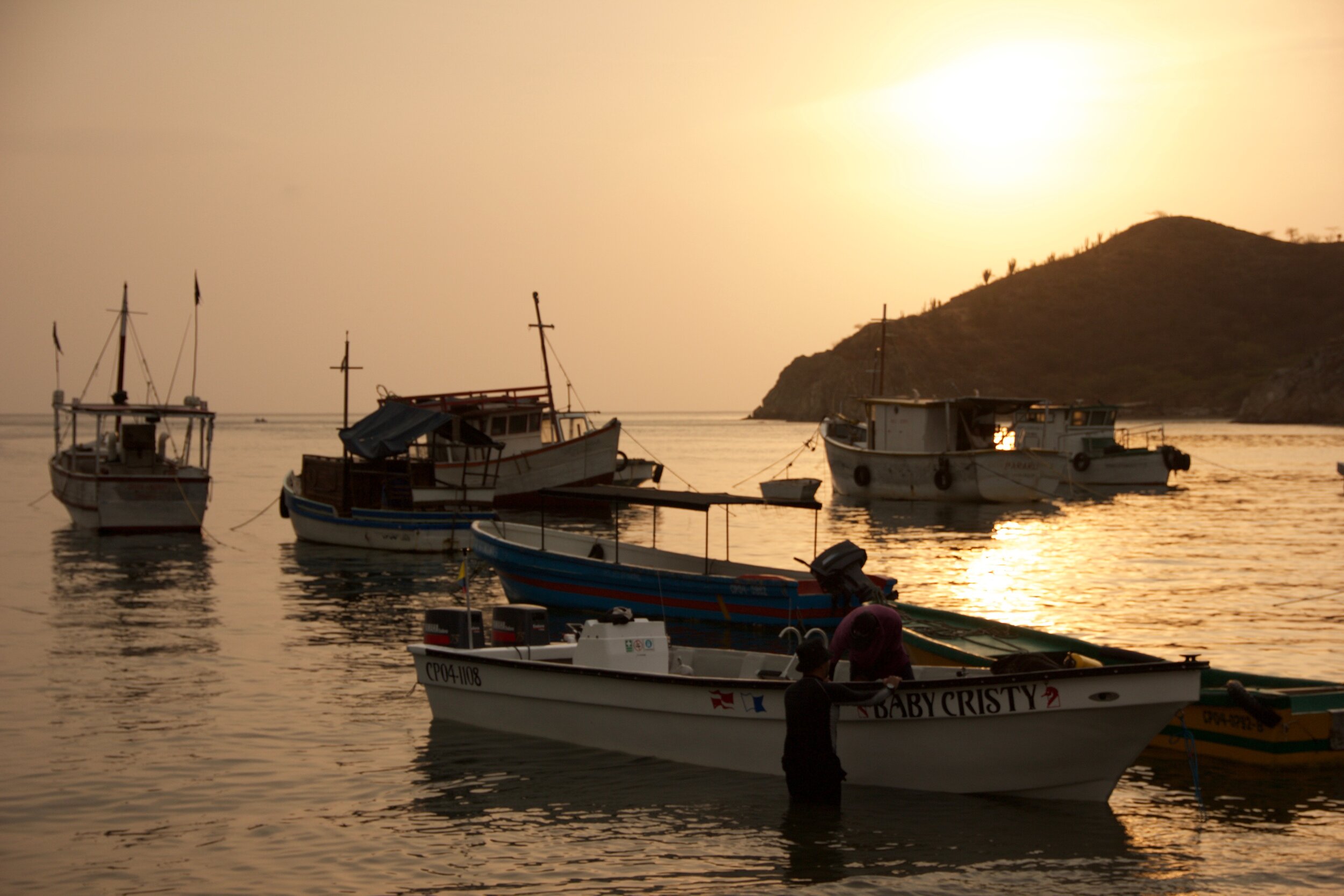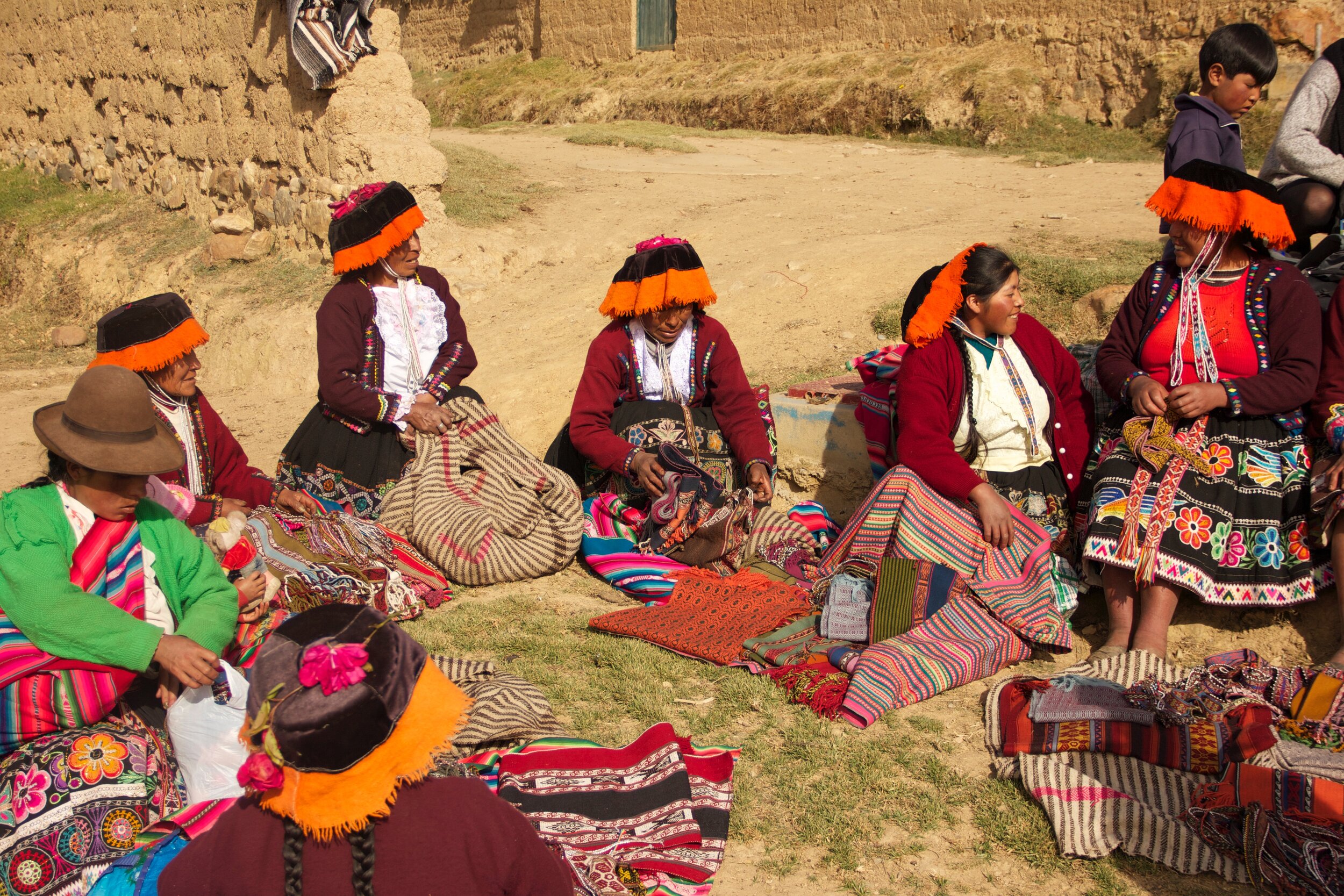Is South America Safe to Backpack in?
It seems you can’t even mention the words, ‘South America,’ before someone counters with a vague statement about ‘how unsafe,’ the continent is. Associations of South America with danger to be firmly entrenched, yet, in my six months backpacking there I saw very few things that actually gave me pause, and was put in very few situations that were remotely ‘dangerous.’ Read on for my guide on why backpacking in South America is quite safe, and how you can keep safe whilst visiting.
safety in south america
SOUTH AMERICA IS NOT ONE PLACE
I hate myself for writing that, but it’s always good to lay a foundation. South America is a gargantuan continent, and comprises a huge variety of cultures, level of development and political institutions. No one country in South America is similar to the other, and thus, no one country has the same level of safety. For example, in the major centres within Chile, Brazil and Argentina, you can expect a similar level of development to the western world, and a similar level of policing and safety (NB: this does not apply to favelas, shanty towns, etc.) However, in rural Bolivia, this is not true, and you can absolutely expect your level of danger to increase due to lack of infrastructure, significantly higher levels of poverty, and a higher rate of petty crime. Keep in mind that the level of safety between countries in South America is absolutely not the same. Do your research before any border crossing – things can change dramatically.
IT’S NOT THE 1980’s
In my opinion, much of the chatter around ‘danger’ within South America probably comes from the image of narco-traffickers lining the streets, nonchalant AK-47’s in one hand, huge cigars in the other and aviators covering their eyes. What they are referring to is actually the ‘bad years,’ referring to the period of heavy cocaine trade from Colombia to the United States, which peaked in the early 1990’s. These years were horrific for the citizens of Colombia, with murder, constant threat of violence, and a lack of policing contributing to a very long period of instability. During these years it was truly unsafe to travel there. Sure, in certain parts of Peru (read: the Red Zone), this is still true, with drug kingpins managing to hold on to power away from government influence. However, unless you plan on heading to the most remote parts of the Amazon Basin, it’s unlikely you’ll meet them. For the most part, the days of narco-traffickers having a huge influence in South America is largely over, and the backpacking route will very rarely take you anywhere near hotbeds of violence or drug production. While a huge amount of cocaine is still sourced in South America, this is done far from the major cities. The days of Pablo Escobar running for prime minister are absolutely over.
SOUTH AMERICA IS MORE DEVELOPED THAN YOU THINK
Again, let’s dispel the myth of South America as being a great, undeveloped continent, full of mystery and unexplored lands. While this is possibly true in the far reaches of the Amazon basin, for the most part, South America is made up of large countries in which the majority of the populations live in large urban centres and cities. Take Chile for example; most of the population lives in Santiago. Outside of that, you have small villages and cities dotting the coastline, but much of the far north and south is relatively unpopulated. Within these populated cities and towns, the level of development is as high as you would expect in Europe, and infrastructure, tourist services, and a police presence are probably a fair bit better. In all my time in South America, this proved to be fairly consistent – most cities were extremely developed, well supported, and well organized. Expect most of the trappings of the western world pretty where anywhere you go.
THE POLICE
I think the police within South America get a bad wrap. Consistently assumed to be dodgy, ready to take a bribe, or slacking off. While this was true nearly all of the Colombian police that I had any interactions with, for the most part, this stereotype isn’t true. South America is far from being lawless nowadays, and you’ll find that most backpacker areas and tourist hotspots carry with them a solid police presence, and thus, a much smaller amount of petty crime. From what I saw, the police in South America, whilst severely underpaid as a rule, do a fairly good job at maintaining some semblance of order.
THE PETTY CRIME
This one is unavoidable. In any country with a tourism industry, wage inequality and subsequent poverty, there is going to be some level of petty theft on tourists. This was especially true in La Paz and some areas around Cusco, where I heard stories upon stories of backpacking being pickpocketed. However, the central theme in most of these stories (and in most pickpocketing stories) is that the tourist was flashing their wealth, distracted from their items, or ignorant. Perhaps all three at once. At any rate, I spent six months backpacking from Chile to Colombia and wasn’t threatened, mugged or pick pocketed by locals. In fact, the main source of most of my worry was from other backpackers in hostels – where it would be really, really easy to have your stuff stolen.
GUIDE TO STAYING SAFE AS A BACKPACKER
For a more detailed guide on how to stay safe whilst backpacking in South America, read my other post on this topic here. However, my points for staying safe are as follows;
Would I Do This At Home? Ask, ‘would I walk down this road at home?’ If not, don’t walk down that road. Or, ask yourself, ‘Would I flash lots of money in my wallet whilst walking around at home? Maybe try, ‘Would I think it’s a good idea to get hopelessly drunk and walk around a big city in my home country?’ If the answer to any of these is ‘no,’ then the answer is still resoundingly, ‘no’ in South America.
Buy a Decent Lock: If you’re backpacking, you’ll be staying in lockers. If you’re staying in hostels, they’ll have lockers you can use. Buy a decent lock that is both heavy, and can withstand a decent kicking. Store your valuables in lockers during the day.
Leave your wallet in the locker: If you have a decent locker in the hostel, then go right ahead and leave your wallet there during the day when you head out – just carry enough cash to get by. It’s one less thing that would get pick-pocketed.
Don’t flash your valuables. This is as basic as it gets. Don’t wear expensive jewellery or a flashy watch. Don’t blitz around with a $4000 camera lens. These things attract attention. Attention is what you don’t want if you’d like to remain safe.
Any questions about staying safe in South America? Fire away in the comments section down below!









